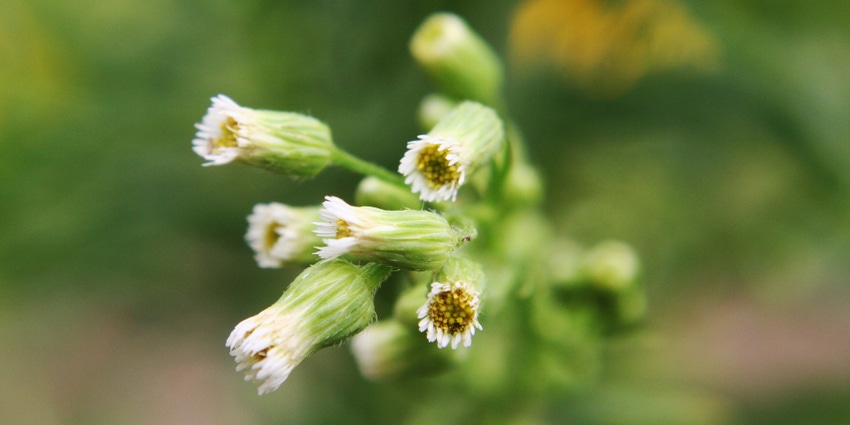October 8, 2019

Sponsored Content
After grape vines shed their green leaves, they go into dormancy. The dormancy phase helps vines tolerate cold winter temperatures and has an important influence on grapevine flowering and vegetative growth in springtime, according to eVineyard. Although the vines may seem quiet during this time period, there are still plenty of tasks to be done during dormancy to prepare for the upcoming growing season, including pruning, weed control, and avoiding overwintering disease.
Dust Off the Pruning Shears
Pruning is one of the most important vineyard operations of the year because it lays out the foundation for vine management throughout the rest of the growing season. According to Napa Valley Register, pruning can reduce the number of buds to a reasonable number that will promote balance between shoot growth (vigor) and number of grape clusters (yield). However, the responsibility lies on the pruner to balance and space the buds apart. Pruning can take place as early as November (after leaf drop) and as late as March (before bud break). However, timing can vary depending on climates.
Don’t Overlook Weeds
Though weed management is typically a high priority during spring and summer, controlling weeds during the winter is just as critical because they compete with vines for nutrition and water.
In California, growers should be aware of bothersome weeds such as glyphosate-resistant horseweed (marestail), fleabane and ryegrass. These weeds are easiest to control when they measure less than 3-4 inches tall and are still growing. For dependable weed control in grapes, UPL offers a portfolio of products including LIFELINE®, SATELLITE® Hydrocap and CASORON® Herbicides.
A non-selective, post-emergent herbicide, LIFELINE provides broad-spectrum weed control of some of the most challenging weeds, including glyphosate-resistant marestail, hairy fleabane, malva, and filaree. Using a unique mode of action, LIFELINE inhibits glutamine production in the weeds which leads to a breakdown in photosynthesis.
For another herbicide option in pre-emergent weed control, grape growers can turn to SATELLITE Hydrocap. The newly developed and patent-pending encapsulation method offers growers a stable formulation to provide good shelf life and excellent mixing characteristics. SATELLITE Hydrocap delivers excellent control of grasses such as barnyard grass, ryegrass, seedling johnsongrass, witchgrass and troublesome small-seeded broadleaf weeds such as lambsquarters and waterhemp.
Additionally, CASORON from UPL is an excellent herbicide for control of glyphosate-resistant horseweed (marestail), fleabane and ryegrass, as well as other hard-to-kill weeds such as Bermudagrass, bindweed and horsetail (Equisetum spp.). CASORON is a broad-spectrum pre-emergent and early post-emergent herbicide that provides a highly effective, long-lasting, nonselective herbicidal barrier that controls both germinating seeds and young, existing weeds by inhibiting growth of roots and shoots.
Avoid Overwintering Disease
Damaging diseases such as Botrytis bunch rot remain a threat through post-harvest, when grape growers continue to work hard to protect their grape vines from this overwintering fungus. Botrytis bunch rot overwinters as sclerotia, which are hard, resistant structures sometimes referred to as "berry mummies." Following rain or irrigation, sclerotia germinate and produce spores that travel via air currents or rain showers. To flourish, infections in grape vines require free water for a specific period of time depending on temperature.
For control of late-season Botrytis bunch rot, Group 17 fungicide ELEVATE® gives grape growers high-quality protection. With its unique active ingredient, there is no known cross-resistance to other commonly used fungicides. One added benefit of ELEVATE is that it can be used within one day of harvest.
A broad-spectrum Group 19 fungicide, PH-D® provides excellent knockdown of powdery mildew and aids in the control of Botrytis bunch rot later in the season. For late-season Botrytis bunch rot control, apply seven days prior to harvest. For powdery mildew, PH-D can be applied up to the day of harvest. PH-D features a 4-hour re-entry interval (REI).
Give your grape vines some “TLC” during dormancy. All season long, UPL has a staff dedicated to keeping your vineyard running strong. To learn more, contact your local UPL sales representative or visit www.upl-ltd.com/us. UPL is the manufacturer of other important grape disease management products including Manzate® Pro-Stick™, Microthiol® Disperss®, Cuprofix® Ultra Disperss and Procure® fungicides.
Always read and follow label directions. All products and the UPL logo are trademarks of UPL Corporation Limited or its related companies. © 2019 UPL NA Inc. SPC-1908O
You May Also Like




